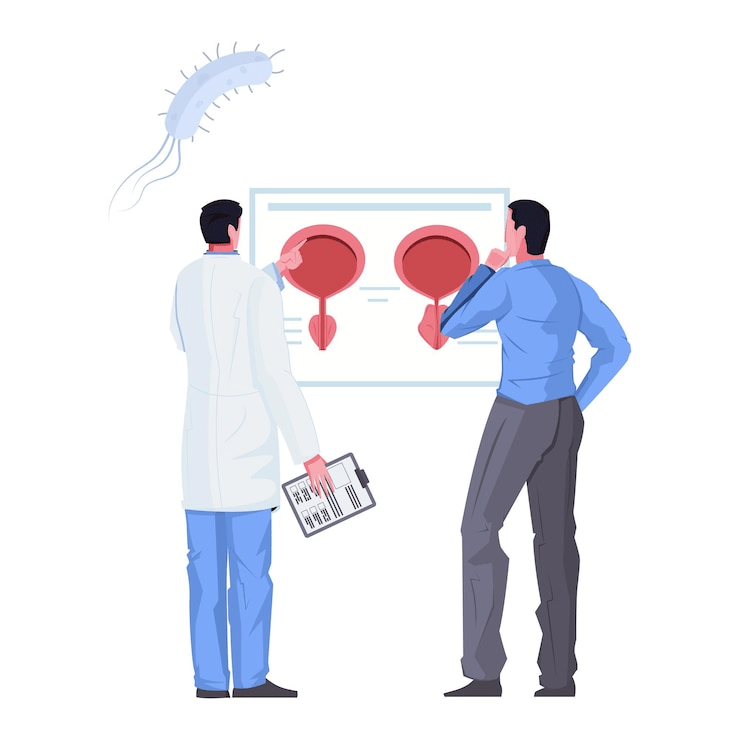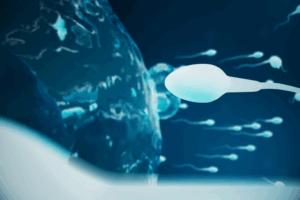
Gene therapy for azoospermia treatment
Introduction Male infertility, especially caused by azoospermia, affects millions of men worldwide. For those suffering from non-obstructive azoospermia, treatment options have been limited. However, thanks

Azoospermia is one of the most challenging diagnoses for men trying to conceive. It refers to the complete absence of sperm in the ejaculate and affects around 1% of all men and 10–15% of infertile men. Thanks to advances in reproductive medicine, several treatment options are now available. However, understanding the risks of azoospermia treatments is crucial before moving forward.
In this comprehensive guide, we’ll explore the types of azoospermia, available treatments, and most importantly, the associated risks of azoospermia treatments to help you make informed decisions.
Before evaluating treatments, it’s essential to understand what azoospermia is and its types:
This distinction matters because the risks of azoospermia treatments vary significantly based on the underlying cause.
TESA uses a needle to extract sperm from the testes. Potential risks include:
TESE involves removing small samples of testicular tissue. Risks may include:
Micro-TESE is a more precise version of TESE. Despite its advantages, risks still include:
Hormonal therapy is used in cases of hormone-related azoospermia. While beneficial, side effects include:
Unmonitored use can worsen infertility, highlighting the need for specialist oversight.
After sperm retrieval, couples often proceed with Assisted Reproductive Technologies (ART), particularly ICSI.
Risks associated with ART include:
Genetic counseling is highly recommended before undergoing ART to understand the potential long-term implications.
Men undergoing infertility treatment may suffer from emotional and psychological challenges such as:
Professional counseling can help manage these emotional risks.
Treating azoospermia can be financially demanding. Common hidden costs include:
Insurance may not cover all expenses, which can add stress.
Some forms of azoospermia are genetically inherited. Risks to offspring include:
Preimplantation Genetic Diagnosis (PGD) is available and may help reduce these risks.
Studies suggest that men with azoospermia may face long-term health issues, such as:
Regular health checkups and monitoring are advised even after treatment.
To reduce complications, consider these steps:
These actions can significantly reduce both short-term and long-term issues.
To make informed decisions, ask your doctor:
Emerging technologies offer future hope:
While still experimental, these innovations aim to lower complications and improve success rates.
Azoospermia is a complex yet manageable condition. Understanding your options and the potential downsides empowers men and couples to navigate their fertility journey with clarity and confidence.
Ask questions, research your options, and work closely with experts to maximize success while minimizing the risks of azoospermia treatments. Knowledge, preparation, and support make all the difference.

Introduction Male infertility, especially caused by azoospermia, affects millions of men worldwide. For those suffering from non-obstructive azoospermia, treatment options have been limited. However, thanks

Azoospermia is one of the most challenging causes of male infertility, often leaving men with few options and couples struggling to conceive. But today, an
PROLISTEM® is a Patented Formula
Copyright © 2025 Prolistem®